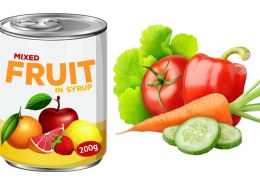To make green by mixing colors with orange, you would typically need to mix it with blue. Orange is made from red and yellow, and when you add blue, it creates a secondary color combination, resulting in green.
The process involves balancing the right amounts of orange and blue to achieve the desired shade of green. More blue will give a cooler green, while more yellow or orange can create a warmer, yellow-green.
When mixing orange and blue to make green, the color combination works because:
- Orange is a secondary color: It is made by mixing red and yellow.
- Blue is a primary color: It is one of the three primary colors in the color wheel (along with red and yellow).
When you mix a secondary color (like orange) with a primary color (like blue), you are essentially mixing the two colors that are near each other on the color wheel. In this case, the mix of orange and blue creates a neutralized or desaturated green, depending on the proportions.
Here’s a breakdown of the process and effects:
- More orange in the mix will create a yellow-green or a brownish green, as orange is made up of yellow and red.
- More blue will create a cooler, deeper green.
- Balance of orange and blue: When mixed in roughly equal parts, you get a muted or olive green, depending on the exact hues of orange and blue being used.
In practical terms:
- If you’re working with paint or pigments, you’ll be mixing the physical colors together.
- If you’re working with light (in digital art or with light sources), you’re combining wavelengths of light, and the results may vary slightly, but in general, mixing colors close to each other (like orange and blue) still tends to create a form of green due to the blending of the color spectrum.
In summary, blue is the key color you’d mix with orange to create various shades of green.

